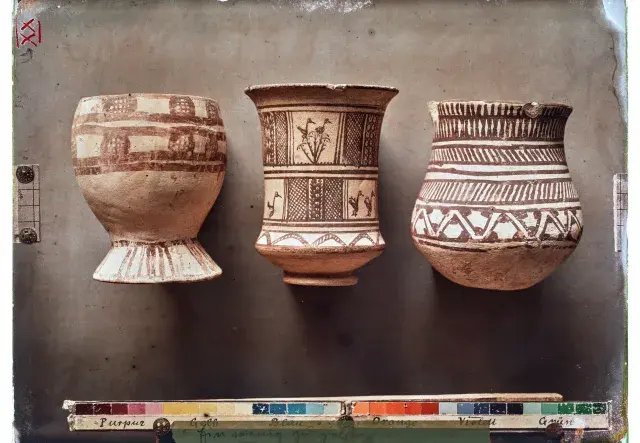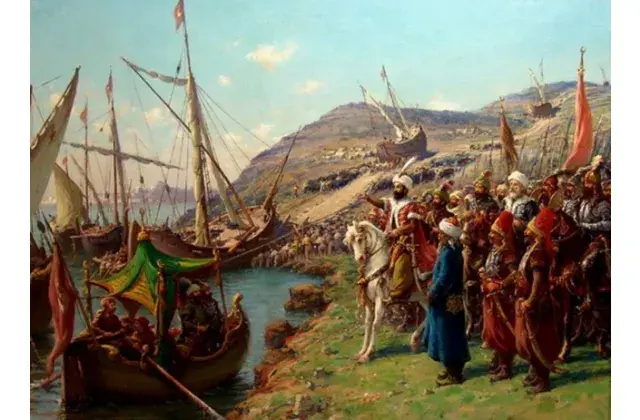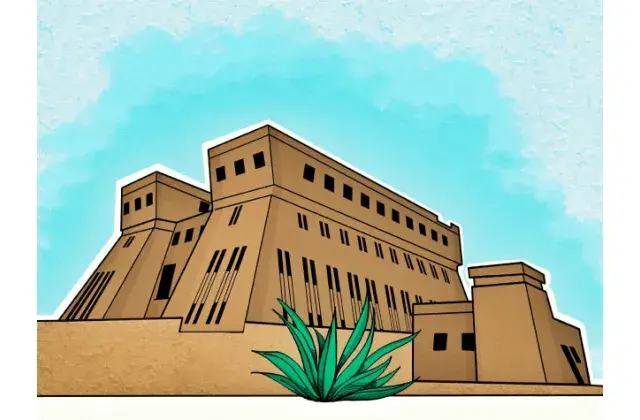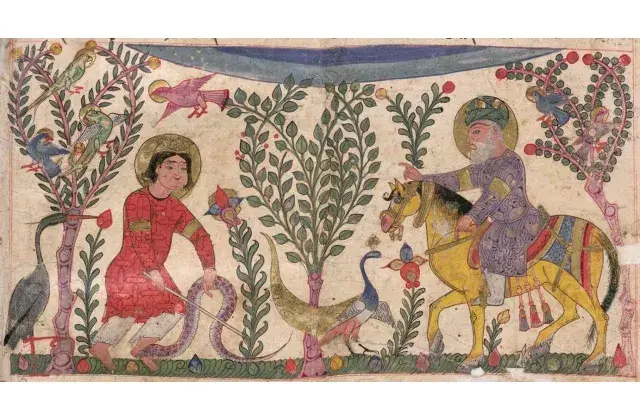The Emergence of Sumer (c. 4000-1750 BCE)

Sumer is a land consisting of the lower half of ancient Iraq, roughly from the North of Baghdad to the Persian Gulf, inhabited by a people historians refer to as the Sumerians. From scattered settlements, it gradually became a thriving and complex society in which human discoveries and inventions played a crucial role. Sumer evolved into a centre for innovation. Thus, the Sumerians mark the emergence of the earliest human civilisation. Thanks to their many innovations that have been developed over time and shaped our world in which we take for granted. The Sumerians made significant contributions, encompassing technological and cultural innovations, including the invention of the potter’s wheel, the first wheeled vehicle, the first system of writing, the first schools, governmental bureaucracy, and the establishment of early city states. For instance, the invention of cuneiform enabled the documentation of administrative records, literature, and historical accounts, which allowed the preservation and transmission of knowledge across generations. Similarly the invention of the potter’s wheel not only transformed pottery production in ancient times but also revolutionised the creation of wheel-based vehicles.
The Sumerians established some of the world’s earliest known cities, characterised by a complex infrastructure, architecture , and centralised authority. This urban development set a precedent for the formation of city-states and urban societies. By the 3000 BCE, the region that is referred to as Sumer consisted of at least twelve city-states: Kish, Uruk, Ur, Sippar, Akshak, Larak, Nippur, Adab, Umma, Lagash, Bad-tibira, and Larsa. Each of these early city-states had their significance; for instance, Uruk with its large residents played a leading role in the early urbanisation of Sumer and became the birthplace of writing. Ur was also another significant city-state with evidence showing very early settlements in Ur who engaged in long-distance trade. Each of these city-states consisted of a fortified city, its adjacent villages and lands, and each worshipped its own deity that had a central religious structure in the cities referred to as ziggurats. The Sumerians had a rich and intricate religious and mythological system, with a pantheon of gods and goddesses. Their religious practices and beliefs influenced the region and were later inherited and adapted by subsequent civilisations such as the Akkadians and Babylonians.
Among their profound contributions to civilisation, the Sumerians also established early forms of governance and bureaucracy. The early Sumer saw the rise of kings with each king governing over the city-states. These forms of governance laid the foundation for political structures that would later be refined and adopted by other cultures. What also contributed to the growth and development of these city-states were engaging in economic activities. The Sumerians were involved in trade both locally and with distant regions, facilitating the exchange of goods and ideas. The Sumerians took inventions that other ancient peoples developed, from pottery to textile weaving, and figured out how to do them on an industrial scale; barley and woollen textile were two main products widely exported by ancient Sumerians.
This article was written by Renas Babakir and is licensed under CC BY-NC 4.0.






